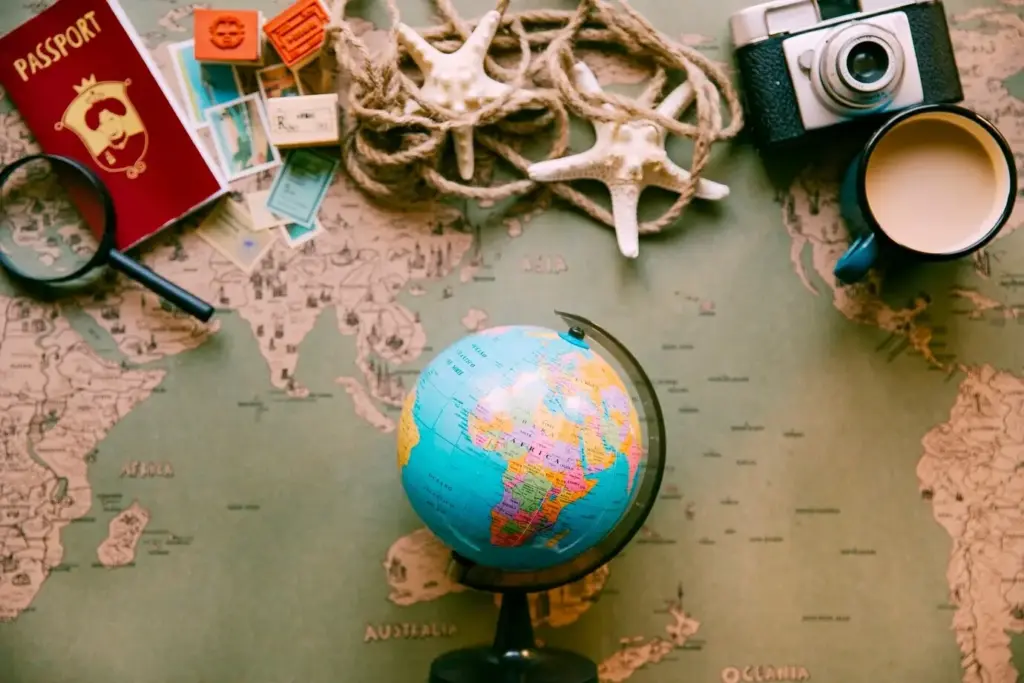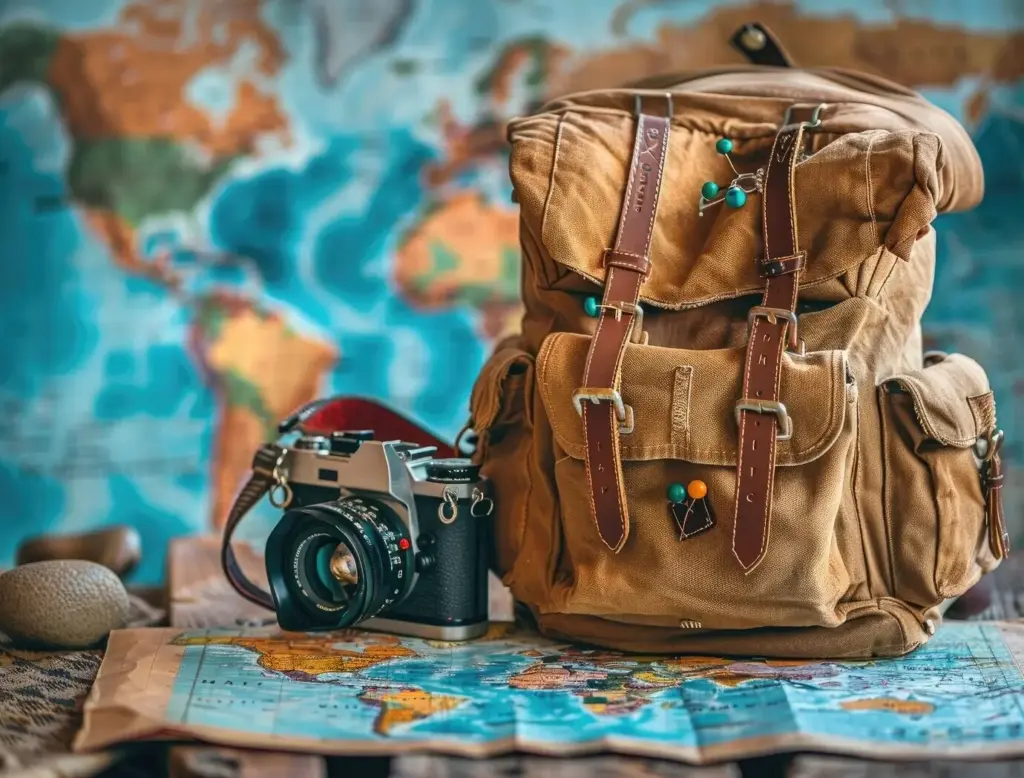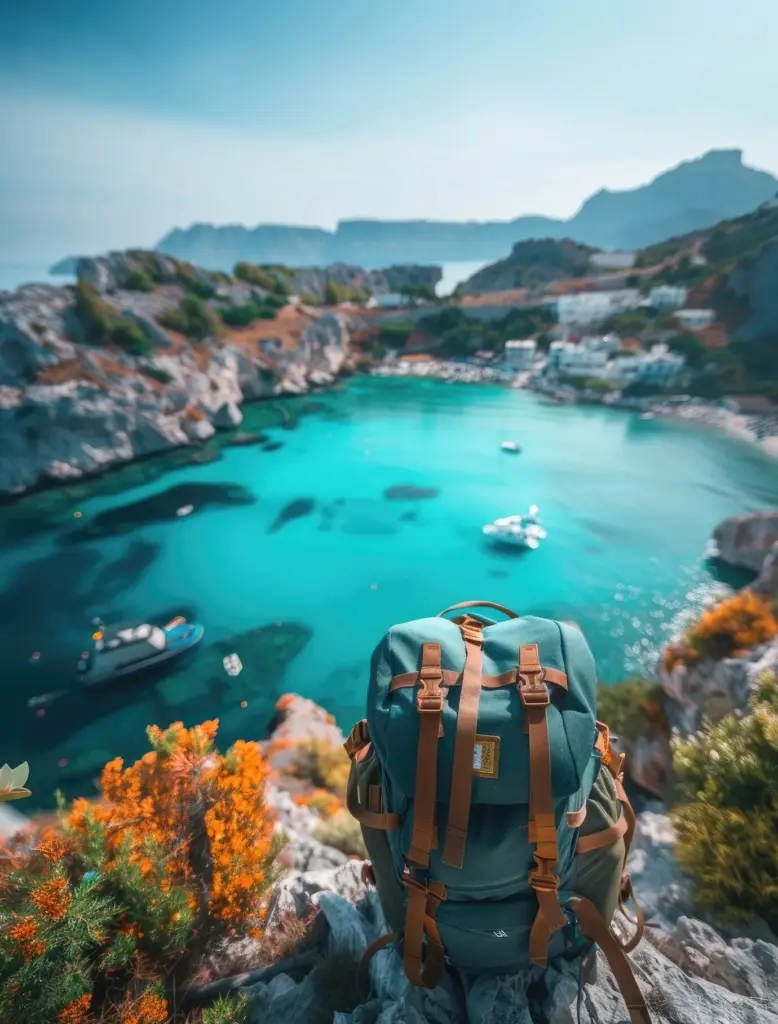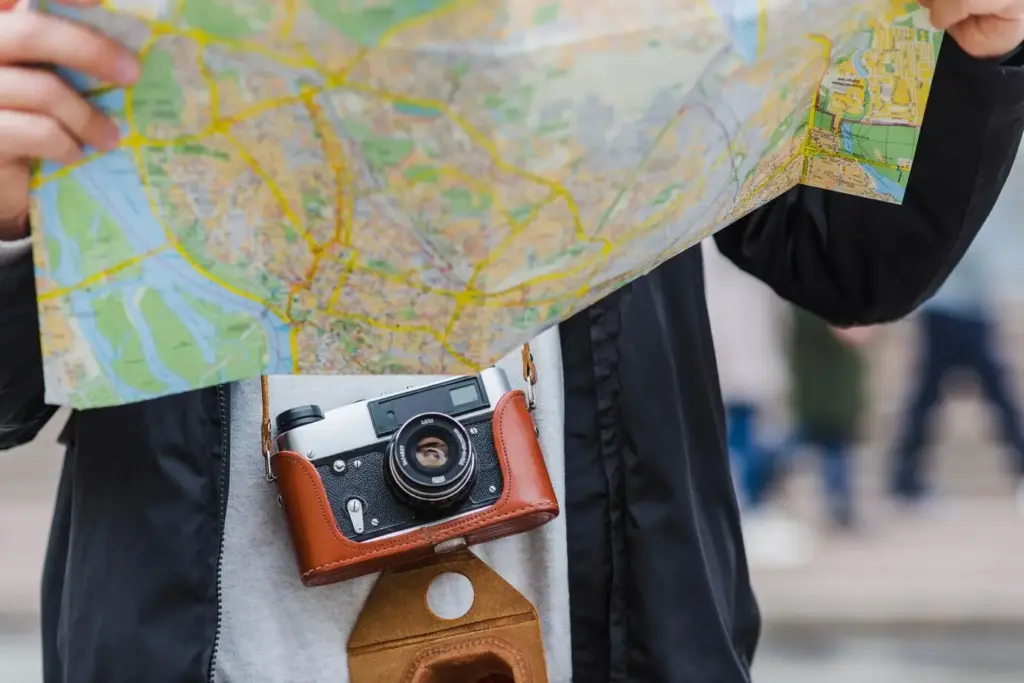Journey with Respect Across Indigenous Homelands in Canada
Today we explore Indigenous cultural tourism experiences across Canada, guided by Knowledge Keepers, artists, and community hosts who welcome visitors into living traditions. From Haida Gwaii shorelines to prairie grasslands, northern tundra, and Atlantic coasts, each visit invites humility, listening, and reciprocity. Travel to learn, support Indigenous-owned operators, and strengthen language, culture, and land stewardship with every respectful step you take and every conversation you carry forward to your family, friends, and future journeys.
Respectful Beginnings: Protocols, Consent, and Reciprocity
Elders’ Guidance
Elders and Knowledge Keepers hold teachings about land, waters, and relationships. Arriving on time, introducing yourself humbly, and offering a small gift demonstrates gratitude. Ask permission before sharing stories, and remember that some knowledge is ceremonial or private. When hosts set boundaries, honor them fully. Carry these teachings beyond your trip by practicing attentive listening, patience, and ongoing advocacy for Indigenous-led stewardship wherever you live.
Learning Local Protocols
Protocols vary among Nations, even within the same region. In Mi'kma'ki you may encounter different greetings than on Coast Salish territories or in Dene homelands. Ask organizers in advance about expectations, appropriate clothing, or gift practices. Respect any restrictions on sacred sites and artworks. Understanding community preferences ensures safe, comfortable experiences for everyone and signals genuine commitment to meaningful, reciprocal cultural exchange that extends well past your visit.
Giving Back
Reciprocity can be practical and heartfelt. Choose Indigenous-owned accommodations, restaurants, and tour operators so your dollars support local families. Purchase directly from artists instead of mass-produced imitations. Share respectful reviews that spotlight hosts’ leadership. Consider donating to language programs or youth cultural camps if appropriate. Most importantly, carry the teachings home by correcting stereotypes, citing Indigenous sources, and inviting others to learn with humility and care.
Journeys on the Land and Water
Guided experiences on rivers, trails, and coastlines reveal ecological relationships interwoven with story and seasonal knowledge. Inuit outfitters may share sea-ice safety and wildlife etiquette, while Anishinaabe or Cree guides highlight medicines along forest paths. On Haida Gwaii, cedar stewardship connects canoes, art, and ceremony. Travel slowly, leave no trace, and let the land set the pace, knowing every bend holds layered teachings.
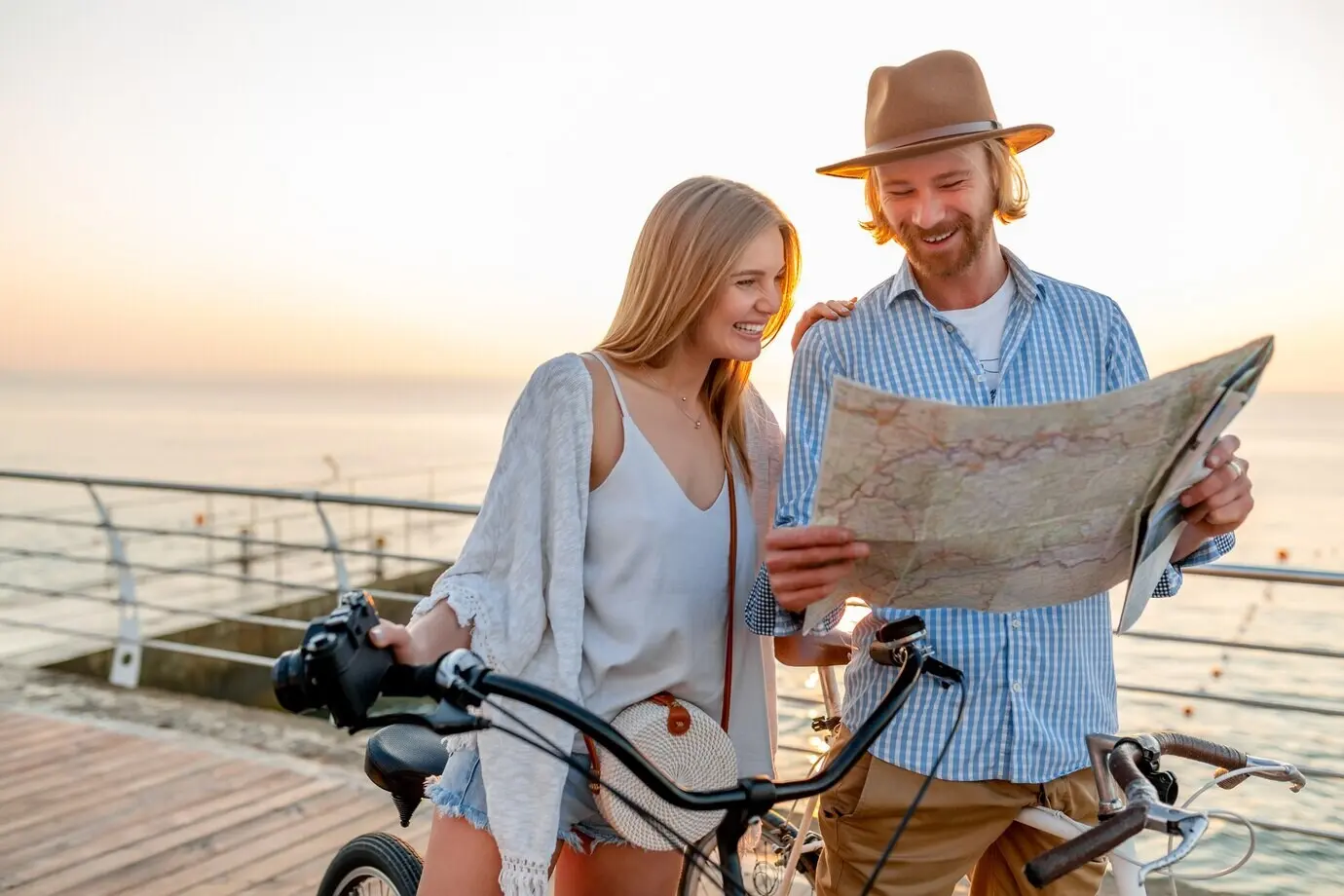
Voices, Stories, and Language Revitalization
Stories expressed through oral histories, song, and language lessons bring place-based knowledge to life. Whether you attend a storytelling circle, a Mohawk language class, or an Inuit throat singing demonstration, you witness resilience and joy. These moments encourage lifelong learning, allyship, and support for community-led revitalization. Ask how to pronounce names properly, practice respectfully, and celebrate the return of words to daily life and public spaces.
Storytelling Evenings
Nightfall gatherings draw people close to the fire, where tales of tricksters, harvests, and trails intertwine with teachings about humor, respect, and responsibility. Hosts may pause to explain context or ask visitors to put phones away. Embrace the invitation to listen without distraction. Later, journal what you learned rather than reposting content. Protect the integrity of stories by sharing only with permission and proper acknowledgment.
Language Moments
Simple greetings learned in Cree, Inuktut, Anishinaabemowin, or Mi'kmawi'simk show care and openness. Practice pronunciation with patience and humility. Ask for guidance on diacritics and respectful usage. Purchase learning resources from Indigenous publishers and consider subscribing to community radio or podcasts. Even a few words can change relationships, signaling your willingness to meet people in their language, honor identity, and support intergenerational transmission in everyday settings.
Songs and Drums
Singing and drumming carry responsibilities intertwined with community protocols. Some songs are meant for public sharing; others are ceremonial. When invited to listen, keep your focus and avoid recording unless explicitly permitted. Ask about the drum’s significance, rhythm meanings, and ways songs travel. Applause may differ from mainstream concerts; follow hosts’ cues. Let the heartbeat rhythm ground you in gratitude and presence throughout the experience.
Art, Craft, and Contemporary Creativity
Carving and Weaving
Workshops led by master carvers or weavers reveal patient, disciplined processes behind breathtaking pieces. Learn how cedar is harvested responsibly, why designs reference clans and territories, and what tools require special handling. Expect to practice basics rather than rush a finished product. Your fee supports knowledge transmission and studio spaces. When you display purchased works at home, credit the artist and share the story with respectful accuracy.
Beadwork and Regalia
Beadwork carries teachings about family, nationhood, and ceremony. When invited to try, listen closely to instructions on patterns and color meanings. Some regalia elements should not be replicated or worn by visitors. Ask questions, support artisans through fair pricing, and commission pieces ethically. Understanding the lineage of designs helps prevent appropriation and fosters genuine appreciation that acknowledges creators, histories, and the living communities represented in every stitch.
Galleries and Markets
Indigenous-run galleries and seasonal markets connect visitors directly with artists, eliminating middlemen who undervalue work. Look for authenticity markings and artist bios. Ask how profits support studio programs, apprentices, or language revitalization. Share your experience online by tagging artists with consent. Consider shipping options that protect delicate pieces. By choosing these venues, you sustain creative economies that nurture families, cultural continuity, and future generations of innovators.
Planning Your Visit with Care
Thoughtful planning supports safe, enjoyable, and community-first travel. Book Indigenous-owned lodges, museums, and tours in advance, especially during festivals or small-capacity experiences. Understand distances across Canada and prepare for weather changes. Read operator guidelines, pack modest clothing for cultural events, and bring cash for remote markets. After your trip, share respectful feedback, subscribe for updates, and invite friends to support Indigenous-led experiences responsibly.


